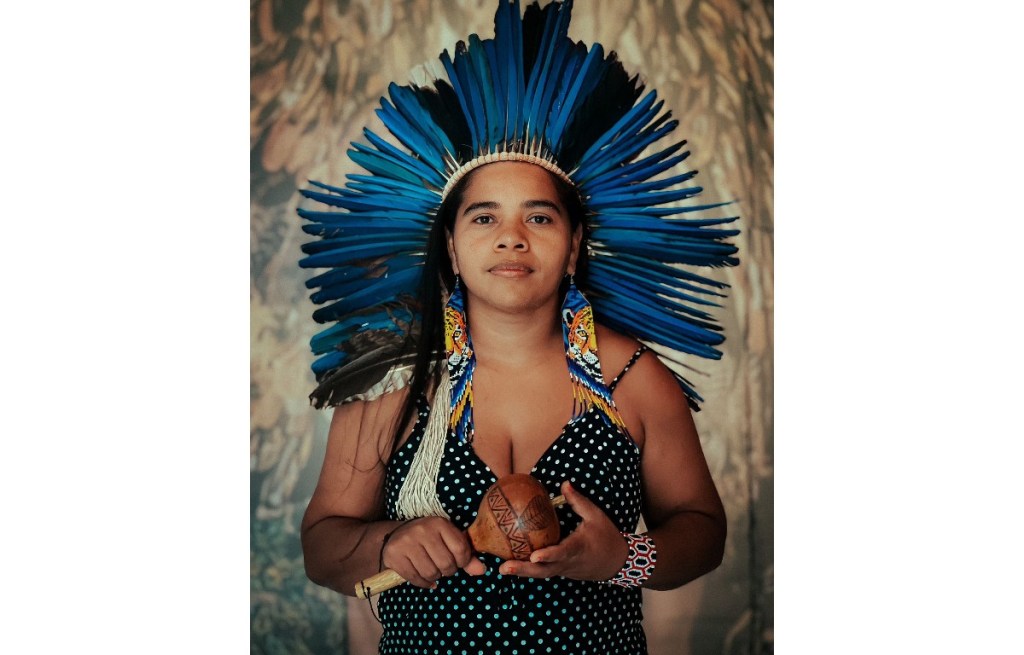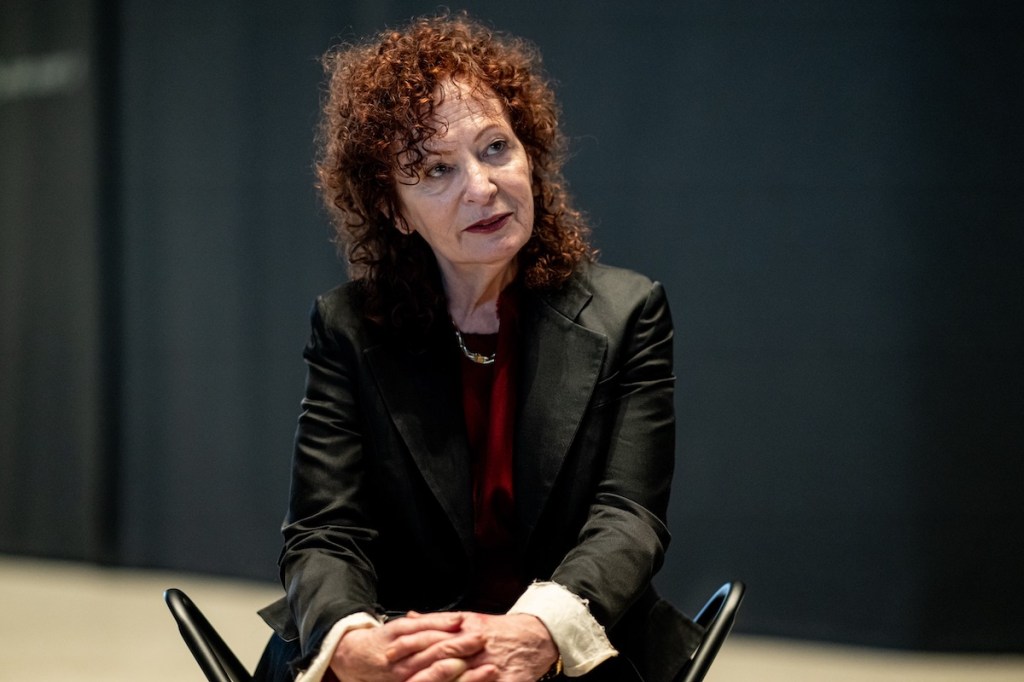Glicéria Tupinambá will represent Brazil at the 2024 Venice Biennale, making her the first Indigenous artist ever to do the country’s pavilion solo.
That exhibition space, typically known as the Brazilian Pavilion, has for this edition been retitled the Hãhãwpuá Pavilion. Its name derives from the Pataxó people’s word for the territory now known as Brazil prior to its colonization by the Portuguese. The announcement for the pavilion did note, however, that the territory “has had many other names.”
Renaming the pavilion follows in line with the approach memorably taken in 2022 for the Nordic Pavilion, an exhibition space at the Biennale utilized by Norway, Sweden, and Finland. For that edition, the pavilion was devoted entirely to Sámi artists and retitled accordingly.
Although Glicéria is the first artist with a single credit on the pavilion, she is not the first Indigenous artist ever to show at the Brazilian Pavilion. At least one other has done so: Chico da Silva, a painter born to an Indigenous Peruvian mother and a Brazilian father, who appeared in the 1966 Brazilian Pavilion.
The Hãhãwpuá Pavilion will also echo a milestone that is taking place at the United States’s pavilion, where Jeffrey Gibson, a member of the Mississippi Band of Choctaw Indians who is of Cherokee descent, will become the first Indigenous artist to represent the country solo.
Glicéria, a member of the Tupinambá people, will stage a presentation called “Ka’a Pûera: we are walking birds,” a reference to the capoeira, a bird that can disguise itself in the forests that the Tupinambá hold dear. Those same forests are subject to destruction by corporate forces seeking to use them for agricultural means, of which Glicéria has been an outspoken opponent.
Within Brazil, Glicéria is known both as an artist and an activist. In 2010, she was imprisoned, along with her baby, for two months after speaking out about instances of police brutality, raising alarm among human rights groups. She focuses on preserving Tupinambá culture, and even uses her films in her fight. One work currently on view at the Museu de Arte de São Paulo focuses on the production of cloaks that are significant to Tupinambá culture.
Her Venice Biennale presentation will be curated by Arissana Pataxó, Denilson Baniwa, and Gustavo Caboco Wapichana.
In a statement, the curators said that the pavilion explores the notion “that we remember those who are on the margins, deterritorialised, invisibilised, imprisoned, and whose territorial rights have been violated, but who call us to resistance, believing that we are human- birds-memory-nature, because there is always the possibility of resurgence and resistance.”
Although Glicéria will be the artist officially credited with the pavilion, she will invite others from her community to work on it alongside her. The invited Tupinambá participants have not yet been announced.








